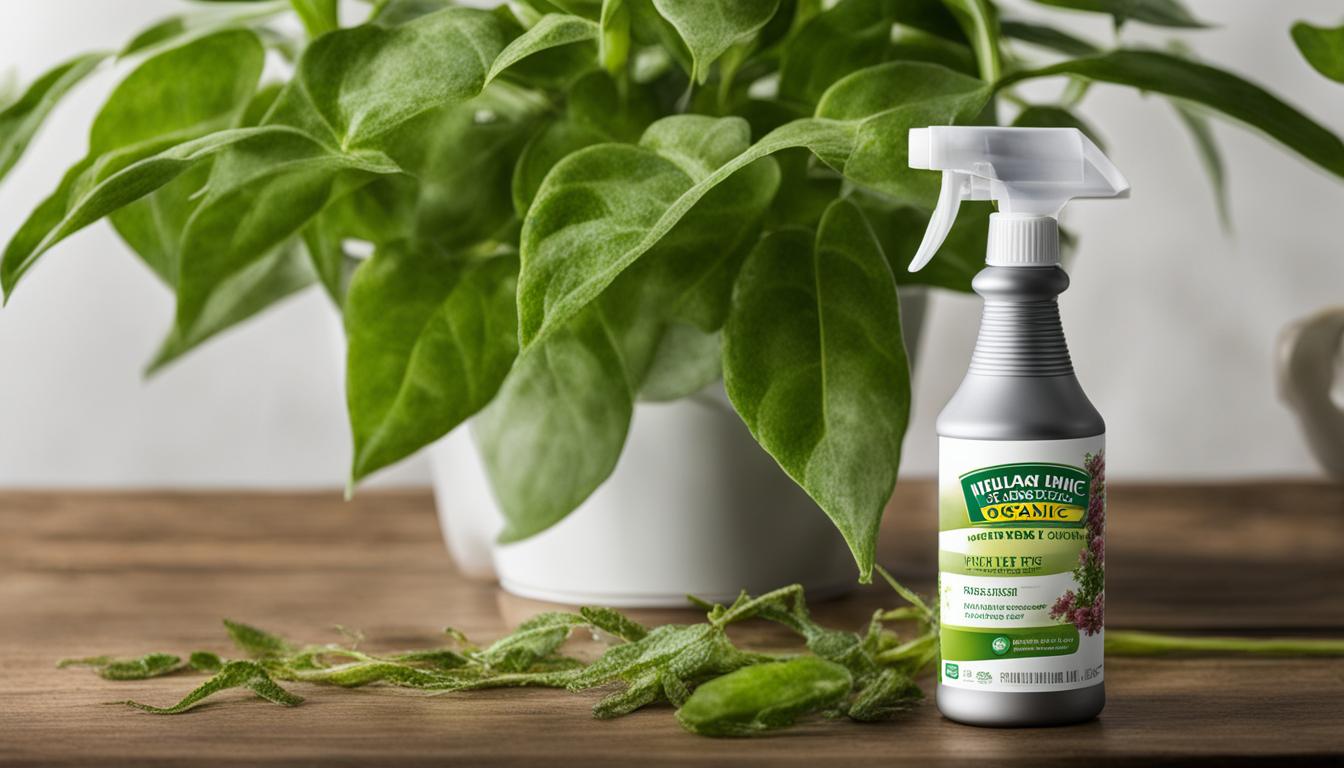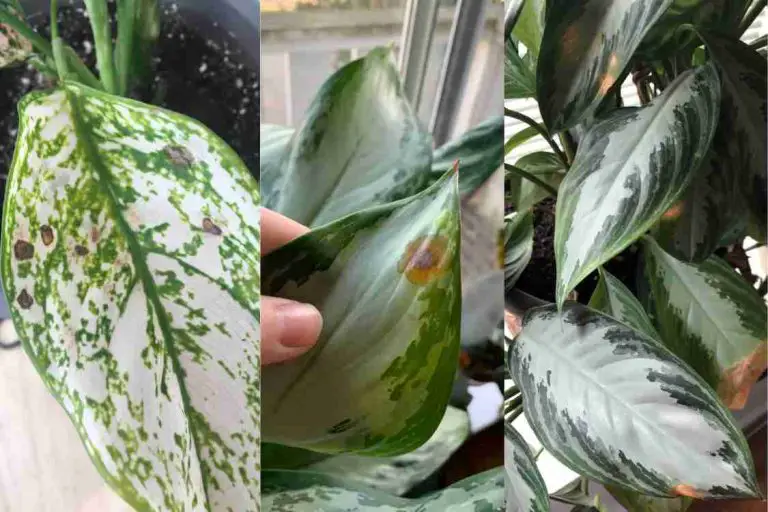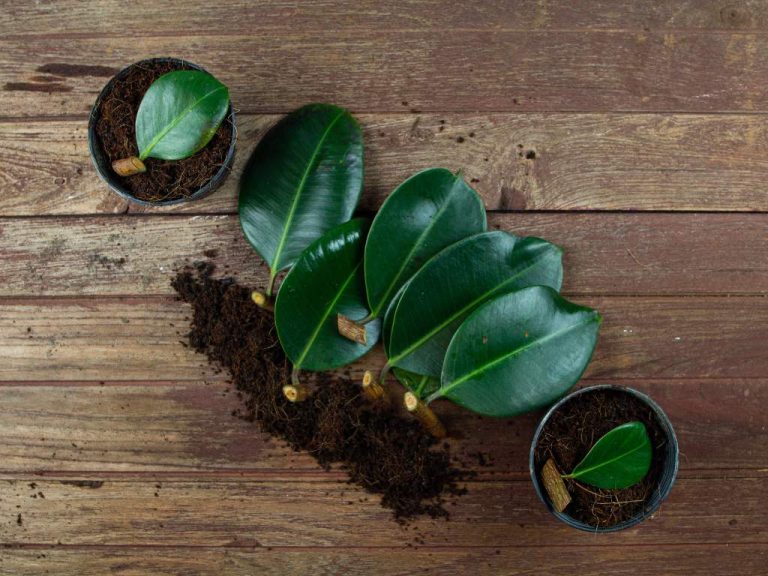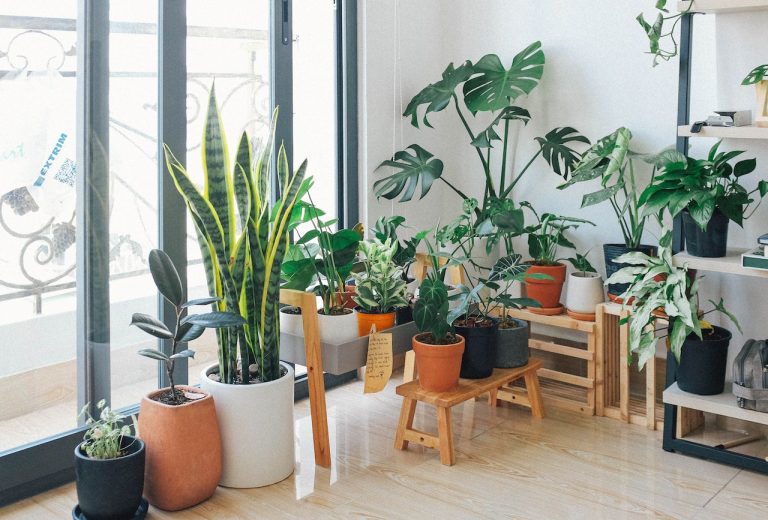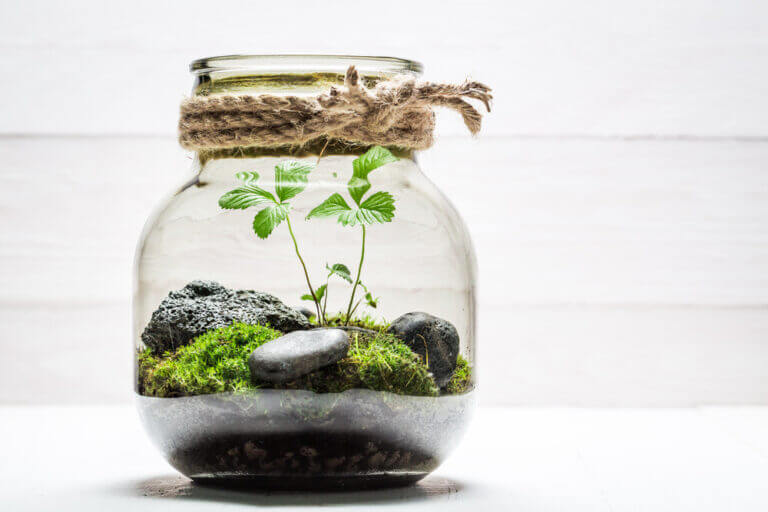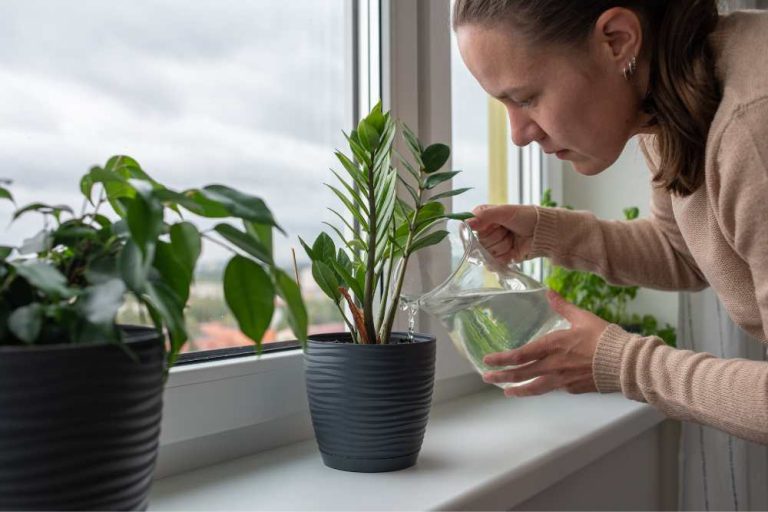Organic Indoor Plant Pest Spray: Your Natural Pest Solution
Encountering pests as part of the houseplant parent’s journey is totally normal. Having these ‘ickies’ in your home can be a horrifying thought. Yet considering the thought of using poison inside your home, especially if you have both pets and children, can be an even more daunting prospect!
There are, however, many safe and easy-to-find homemade products that can be used to get rid of pests. We’ve compiled a list of 8 household ingredients that you can use to treat unwanted pest infestations – that are both safe and effective.
- Organic indoor plant pest spray offers a natural and non-toxic solution for pest control.
- Safe alternatives can be found in household ingredients.
- Homemade remedies can effectively treat unwanted pest infestations.
- Consider using dishwashing liquid or castille soap to eliminate leaf-sucking pests.
- Cinnamon can deter fungus gnats and prevent fungal growth.
Dishwashing Liquid or Castille Soap
Dealing with leaf-sucking pests like spider mites, mealybugs, and aphids can be a frustrating experience for indoor plant owners. But fear not, because there’s a natural and affordable solution right in your kitchen cabinet – dishwashing liquid or Castille soap. Not only is it great for getting your dishes sparkling clean, but it can also effectively eliminate these unwanted pests from your plants.
The soapy residue left behind by dishwashing liquid or Castille soap suffocates the pests, making it harder for them to breathe. This not only helps control the population of the pests but also deters them from feasting on your precious foliage.
However, it’s important to be cautious with the soap-to-water ratio to avoid damaging the leaves. It’s recommended to use a mild dishwashing liquid or Castille soap and test the solution on a few leaves before applying it to the entire plant.
Additionally, if you prefer a more natural option, you can also use natural hand soap. Just make sure to dilute it properly before using it on your plants. So, the next time you spot spider mites, mealybugs, or aphids on your indoor plants, reach for the dishwashing liquid or Castille soap for a safe and effective homemade solution.
Preventing Foliage Imperfections
While dishwashing liquid or Castille soap is a great tool for pest control, it’s essential to take preventive measures to avoid foliage imperfections. One way to do this is by regularly inspecting your plants for signs of pests and promptly addressing any infestations. This proactive approach can help prevent the pests from causing extensive damage to your plants.
Additionally, maintaining a healthy environment for your indoor plants, such as providing adequate lighting, proper watering, and regular fertilization, can help strengthen their natural defenses against pests. By creating an unfavorable environment for pests and promoting plant health, you can significantly reduce the risk of foliage imperfections.
Cinnamon: A Natural Solution for Fungus Gnats

If you’ve struggled with pesky fungus gnats invading your indoor plants, look no further than your spice rack for a natural and effective solution – cinnamon. This common household ingredient not only adds a warm and comforting aroma to your baking but also possesses powerful antibacterial and antifungal properties that can help combat these tiny, flying pests.
The secret lies in cinnamon’s ability to act as a desiccant, absorbing moisture from the soil and creating an unfavorable environment for fungal growth. By sprinkling a fine layer of ground cinnamon on the top layer of soil after every watering, you can effectively control both fungus gnats and the appearance of unsightly mushrooms. Plus, with its natural properties, cinnamon is not only safe for your plants but also for the curious paws and hands of pets and children.
To harness the power of cinnamon, simply ensure the top layer of your plant’s soil is visible and sprinkle a light dusting of ground cinnamon evenly across the surface. The cinnamon will form a protective barrier, deterring fungus gnats from laying their eggs in the moist soil and preventing their larvae from hatching. This simple and eco-friendly solution can be easily incorporated into your plant care routine, ensuring your indoor greenery remains pest-free and healthy.
Sap-Sucking Pests? Vegetable Oil to the Rescue!
Dealing with sap-sucking pests like aphids, scales, thrips, mealybugs, and spider mites can leave any plant parent feeling frustrated. But fear not! There’s a natural and effective solution: vegetable oil.
Vegetable oil works wonders in controlling these pests by targeting their respiratory system. It blocks the tiny air holes through which these insects breathe, causing them to suffocate. Additionally, it disrupts their feeding and metabolism, further preventing their destructive activities.
Not only does vegetable oil combat sap-sucking pests, but it can also help control powdery mildew and limit the transmission of plant viruses carried by aphids. Canola oil is the most effective choice, but soybean oil is also commonly used. For a homemade option, you can create a white oil by combining vegetable oil with dishwashing liquid. Dilute the mixture and apply it to the infected plants for best results.
So, next time you spot those pesky aphids or mites infesting your plants, reach for the vegetable oil and bid those pests farewell. Your plants will thank you for providing an organic and effective solution to protect their foliage and well-being.
FAQ
Can I use dishwashing liquid or Castille soap to get rid of pests on my indoor plants?
Yes, dishwashing liquid or Castille soap can be effective in getting rid of leaf-sucking pests like spider mites, mealybugs, and aphids. The soapy residue suffocates the pests and makes the foliage taste bad, deterring them from eating the plant. Just make sure to use a mild dishwashing liquid or Castille soap and test the solution on a few leaves before applying it to the entire plant.
How can cinnamon help control fungus gnats on my indoor plants?
Cinnamon is effective at deterring fungus gnats due to its antibacterial and antifungal properties. It also acts as a desiccant, drying out moisture in the soil and discouraging fungus gnat infestations. Simply sprinkle a fine layer of ground cinnamon on the top layer of soil after every watering to control both fungus gnats and mushroom growth.
Can vegetable oil be used to control sap-sucking pests on my indoor plants?
Yes, vegetable oil can be effective in controlling sap-sucking pests like aphids, scales, thrips, mealybugs, and spider mites. It blocks the air holes through which insects breathe, causing asphyxiation, and can also disrupt the insects’ feeding and metabolism.
Canola oil is the most effective vegetable oil for use as a pesticide, but soybean oil works as well. You can even make a homemade white oil using vegetable oil and dishwashing liquid, which can be diluted and applied to infected plants.
- 20+ Chic Boho Bedroom Ideas for a Cozy and Stylish Retreat - June 20, 2024
- 12+ Modern Boho Living Room Ideas to Create a Unique Oasis - June 10, 2024
- 10 Stunning Canopy Bed Ideas for a Dreamy Escape - May 16, 2024

